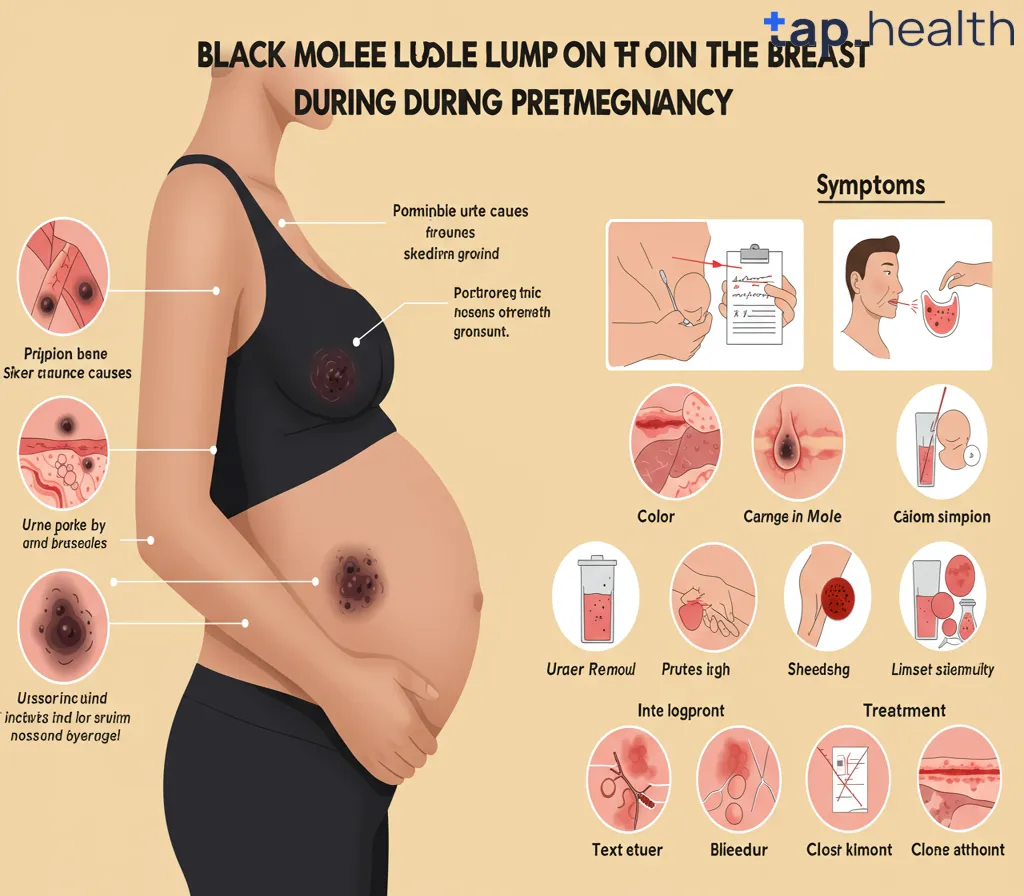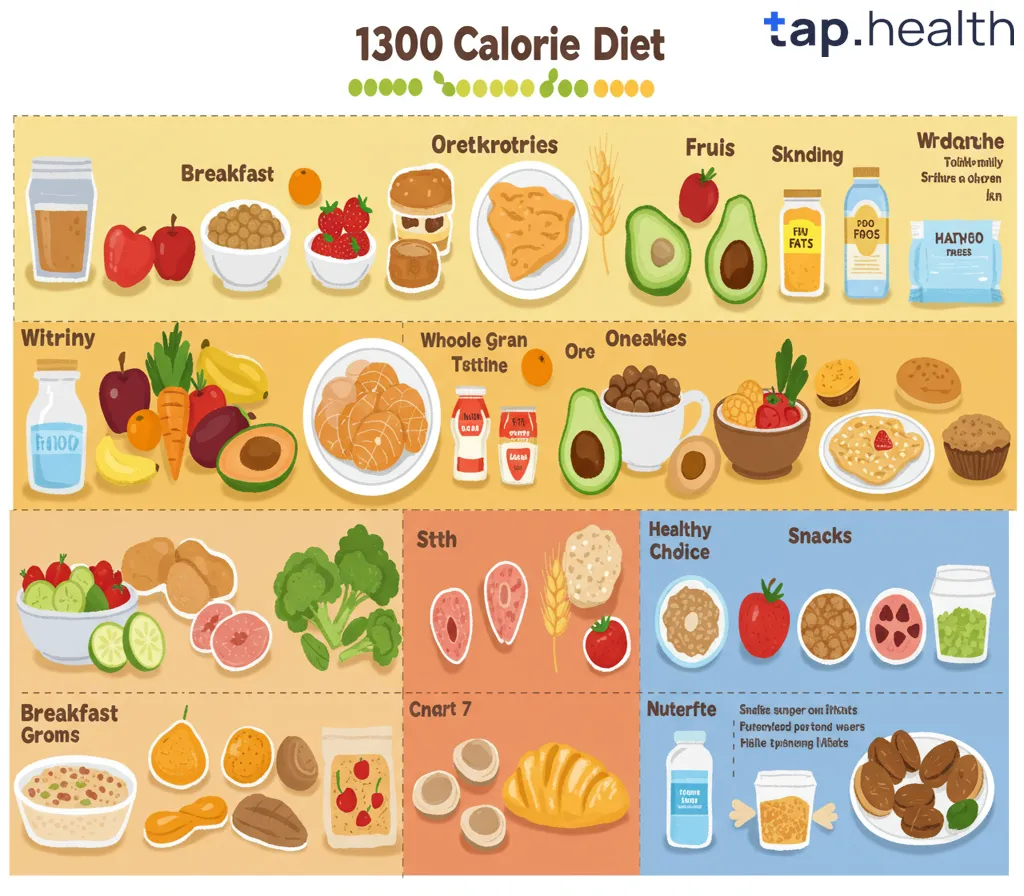Pregnancy brings a range of changes to a woman’s body, and not all of them are easy to understand. One such change that can be concerning for expectant mothers is noticing a black mole lump on the breast. While the sight of a lump can trigger anxiety, it’s important to know that many of these changes are temporary and harmless. However, it’s still essential to understand the causes, symptoms, and when you should seek medical attention.
In this blog post, we will explore what a black mole lump on the breast during pregnancy could be, why it might occur, and how to manage it. We will also provide insight into other potential breast changes during pregnancy and when you should see your healthcare provider.
What is a Black Mole Lump on the Breast?
A black mole lump on the breast refers to a mole or growth on the breast that has changed in appearance, possibly darkening to a black color. This can be alarming, especially during pregnancy when the body undergoes many hormonal changes. However, it’s essential to differentiate between harmless skin changes and more serious conditions.
Moles and Breast Changes During Pregnancy
During pregnancy, hormonal changes can affect the skin in various ways, leading to changes in pre-existing moles or the formation of new ones. These changes include:
- Increased pigmentation: Pregnancy hormones, particularly estrogen and progesterone, can cause skin to darken. This can lead to the formation of new moles or the darkening of existing ones, which might turn darker in color (such as black or brown).
- Stretch marks: The skin on your breasts may stretch as they enlarge to accommodate the milk glands, which could lead to skin changes, including changes in moles.
- Increased sensitivity: Your skin, including the area around the breasts, may become more sensitive during pregnancy, causing changes in the way moles look or feel.
What Could a Black Mole Lump on the Breast Mean?
A black mole lump on the breast could mean several things. Here are some possibilities:
- Benign Skin Changes (Pregnancy-related): Pregnancy can cause changes in the appearance of moles, such as darkening or enlargement. These changes are usually harmless.
- Melasma: A common condition during pregnancy that causes dark patches of skin, often on the face and sometimes the breasts. This is usually temporary and fades after childbirth.
- Skin Tags: Hormonal changes can cause skin tags to develop around the breasts. While they are not black in color, they may appear similar to moles or lumps.
- Cancerous Growths: In rare cases, a mole that appears black could be a sign of a melanoma, a type of skin cancer. Melanoma can sometimes form in the skin, including on the breasts, and may appear as dark or changing moles. It is essential to be aware of any changes to a mole during pregnancy, especially if it becomes larger, irregularly shaped, or changes color rapidly.
Causes of Black Mole Lumps During Pregnancy
Several factors could explain the appearance of a black mole lump on the breast during pregnancy. While most causes are harmless, it’s essential to monitor changes and seek medical advice if necessary.
1. Hormonal Changes
Pregnancy causes a significant increase in the production of hormones like estrogen and progesterone. These hormones can stimulate melanocytes (cells that produce pigment) in your skin, which may cause pre-existing moles to darken. It can also lead to the formation of new moles or dark spots.
2. Increased Blood Flow
During pregnancy, the body increases blood flow to various organs, including the breasts. This increased circulation can sometimes cause changes in the appearance of moles, making them look darker.
3. Skin Irritation
As the body expands and changes, friction between clothing and the skin can irritate the area around the breasts, causing moles to darken. Additionally, breast tenderness and increased sensitivity might make it seem like something is wrong with a mole, even though it’s harmless.
4. Pregnancy-related Skin Conditions
Certain skin conditions, such as melasma (darkening of the skin), chloasma, or linea nigra (a dark line that forms on the abdomen), can develop during pregnancy. While these are usually associated with areas other than the breasts, it is possible for dark patches or spots to appear on the breast area as well.
5. Family History of Skin Cancer
If you have a family history of skin cancer, it’s important to monitor any changes in moles closely. While most moles are harmless, certain types of skin cancer, such as melanoma, can appear as dark or changing moles on the skin.
Symptoms to Watch For
If you notice a black mole lump on your breast, it’s important to watch for any of the following symptoms, which may indicate that the mole requires medical attention:
1. Changes in Shape or Size
If the mole changes shape (such as becoming irregular or uneven) or if it enlarges significantly, it may be a sign of a more serious condition like melanoma. Moles that are asymmetrical, with uneven edges or multiple colors, should be examined by a doctor.
2. Itching, Bleeding, or Pain
If the mole becomes itchy, bleeds, or becomes painful, it could be a sign of skin cancer or another skin condition that requires professional treatment. Itching and bleeding are not typical symptoms of harmless pregnancy-related mole changes.
3. New Moles or Growths
If you develop new moles or growths that appear suddenly and change in color, it is crucial to monitor them closely. A sudden appearance of a dark mole, especially during pregnancy, should be examined by a healthcare professional.
4. Skin Ulceration or Crusting
Moles that become ulcerated, crusted, or form a scab may be problematic. If the mole becomes open or weeping, it is essential to seek medical advice to rule out any serious conditions.
When to See a Doctor About a Black Mole Lump on the Breast
While changes in moles during pregnancy are often benign, it’s always best to err on the side of caution. You should seek medical attention if you notice:
- A rapid change in the color or size of the mole.
- The mole becomes raised, irregularly shaped, or has multiple colors.
- Any associated pain, itching, bleeding, or crusting.
- The mole appears to have “satellite” moles or darkened surrounding skin.
If you have any concerns or if the mole appears suspicious, schedule a visit to your healthcare provider or a dermatologist. They will likely conduct a thorough examination and may recommend a biopsy or skin test if needed.
Diagnosis and Treatment
1. Physical Examination
A healthcare provider or dermatologist will perform a physical exam of the mole, examining its size, shape, and color. They will also inquire about any changes you’ve noticed and whether you have any other symptoms, such as itching or bleeding.
2. Biopsy
If the doctor suspects that the mole could be cancerous, they may perform a biopsy. This involves removing a small sample of the mole’s tissue to be analyzed in a lab for signs of skin cancer.
3. Ultrasound (If Necessary)
In some cases, if the mole is located deeper within the skin or if there are concerns about changes in the breast tissue, an ultrasound may be used to assess the area.
4. Treatment for Benign Moles
If the mole is determined to be harmless, no treatment may be necessary. In cases where a mole becomes uncomfortable or irritated, your healthcare provider may recommend removing it for cosmetic reasons or to prevent further irritation.
5. Treatment for Skin Cancer
If the mole is diagnosed as melanoma or another type of skin cancer, treatment options may include surgical removal, radiation therapy, or chemotherapy, depending on the stage and severity.
FAQ About Black Mole Lumps on the Breast During Pregnancy
1. Is it normal to get black moles on the breast during pregnancy?
Yes, it is common for moles to change in color or size during pregnancy due to hormonal changes. However, any noticeable changes should still be monitored to rule out any potential issues.
2. Can pregnancy cause skin cancer to develop?
Pregnancy itself does not cause skin cancer, but changes in hormones during pregnancy can make existing moles more noticeable. If you notice rapid changes in a mole, it is important to seek medical advice.
3. How can I differentiate between a harmless mole and a dangerous one?
A mole that changes rapidly in size, shape, or color, or starts to bleed, itch, or hurt, may be a cause for concern. A doctor can help differentiate between a benign mole and a suspicious one.
4. Should I be worried about a lump on my breast during pregnancy?
A lump on the breast during pregnancy can be caused by many factors, including hormonal changes or benign conditions like fibroadenomas. However, any new or concerning lumps should be examined by a healthcare provider.
5. Can a black mole on my breast go away on its own?
In most cases, pregnancy-related changes in moles will go away after childbirth, especially if they were caused by hormonal fluctuations. However, if the mole does not resolve or if it becomes suspicious, seek medical advice.
6. Can skin cancer appear on the breast during pregnancy?
Yes, it is possible for skin cancer, such as melanoma, to appear on the breast, though it is rare. Any suspicious moles or growths should be checked by a healthcare provider to ensure they are not cancerous.
Conclusion
Noticing a black mole lump on the breast during pregnancy can be unsettling, but it is often a result of hormonal changes that affect skin pigmentation and mole formation. While most changes are harmless and temporary, it’s essential to monitor any changes closely and consult with your doctor or dermatologist if you notice anything concerning. Early detection and proper care can help ensure that any potential health issues are addressed promptly.
If you’re ever unsure about a mole or any other skin changes during pregnancy, don’t hesitate to reach out to a healthcare professional for advice. Your health and peace of mind are important, and it’s always better to seek reassurance when in doubt.



